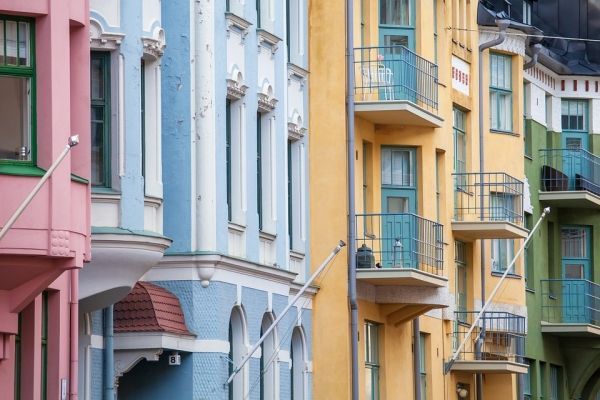If these walls could talk, they might tell you that cutting energy costs and pollution may be as easy as giving them a fresh coat of lighter, more reflective paint.
A study by scientists at the U.S. Department of Energy’s Lawrence Berkeley National Laboratory (Berkeley Lab) modeled several different types and ages of homes, retail stores, and office buildings in cities across California and the U.S., and found that in many places sunlight-reflecting “cool” exterior walls can save as much or more energy than sunlight-reflecting cool roofs.
Cool walls are generally considered to have a higher-than-average solar reflectance – which means that they reflect a higher fraction of incoming sunlight than average exterior walls – and high thermal emittance, meaning they can efficiently release absorbed heat.
“Cool walls provide energy cost savings and emission reductions across California and the southern half of the United States. In these climates, cool walls can save as much or more energy than the same size cool roof,” said Ronnen Levinson, a Berkeley Lab staff scientist and leader of Berkeley Lab’s Heat Island Group who co-authored the study, published in the journal Energy & Buildings. Walls receive less intense sunlight than roofs, but are also less insulated, he explained.
Read more at DOE/Lawrence Berkeley National Laboratory
Photo Credit: tap5a via Pixabay


